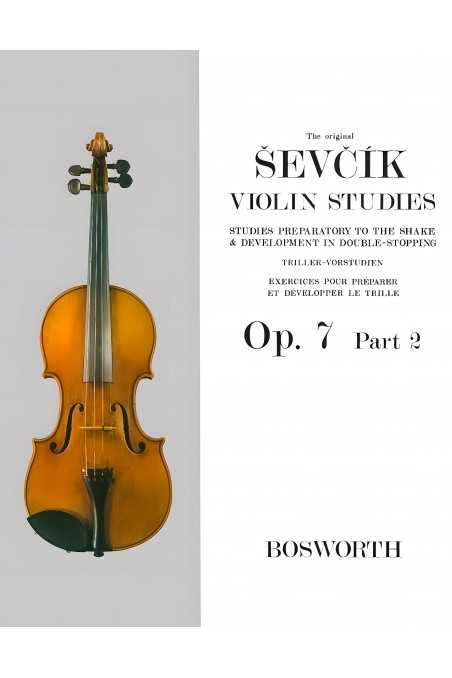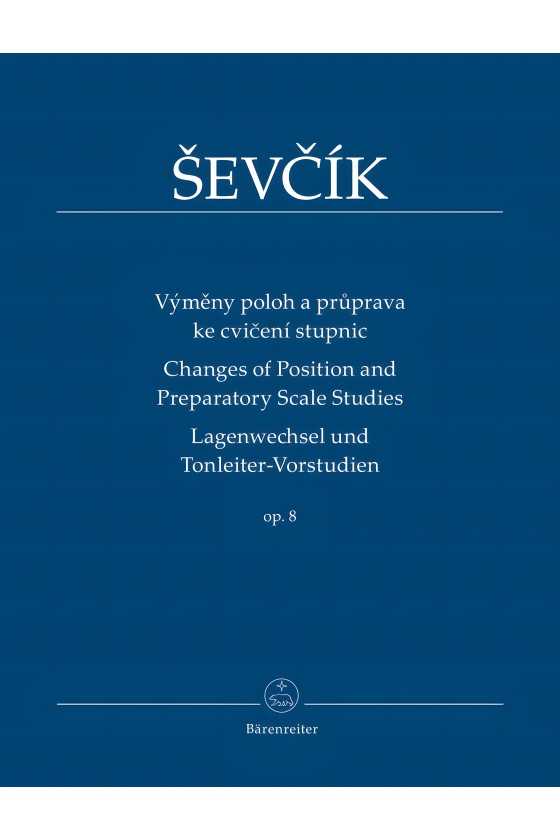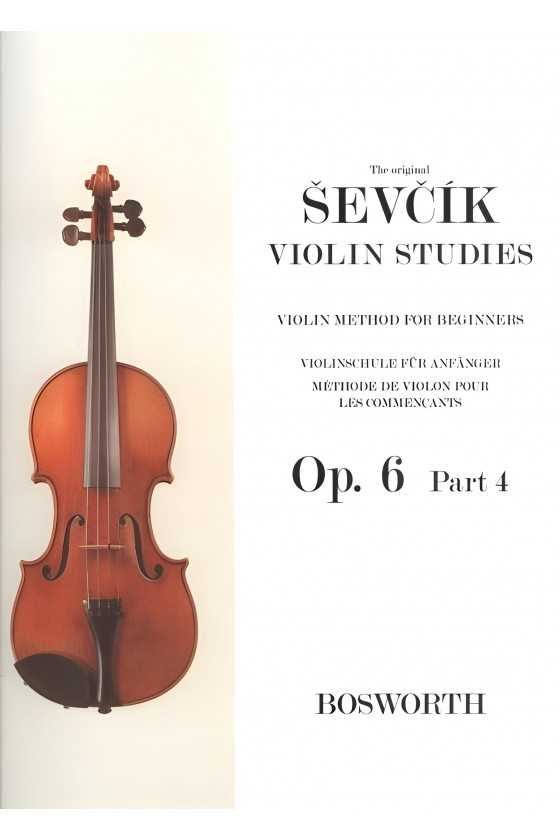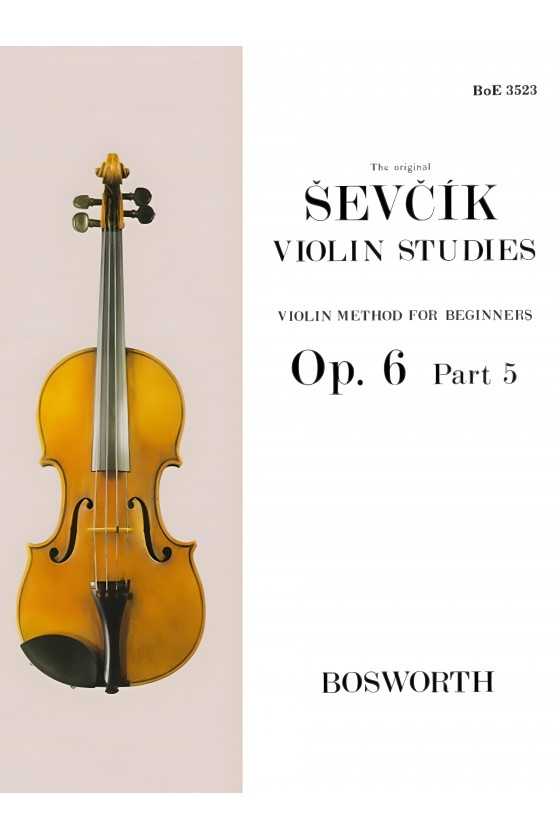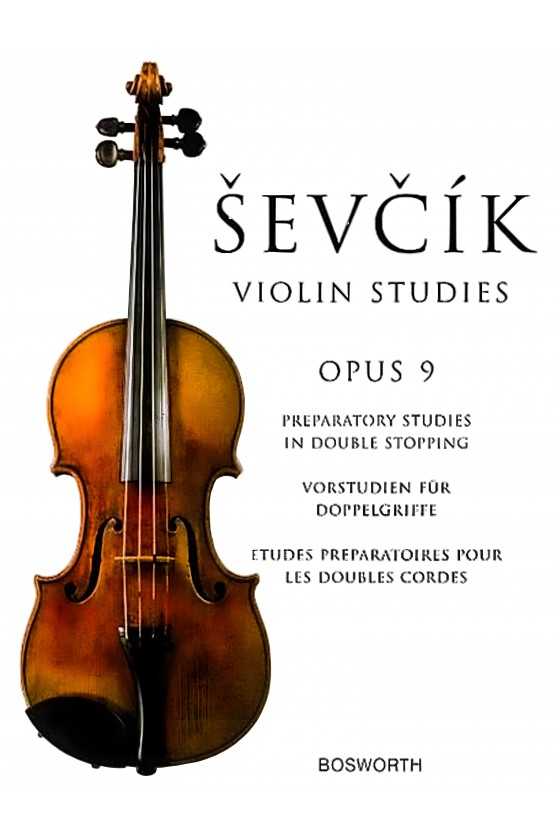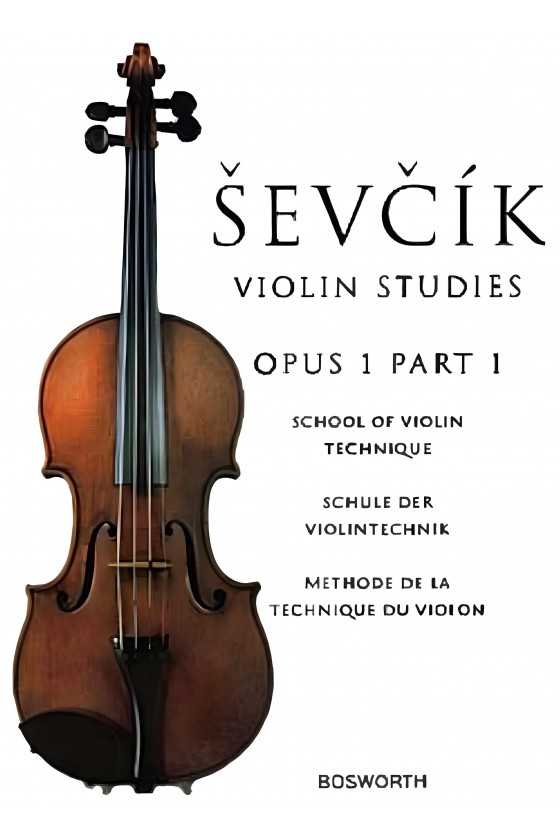
Ševcík, Changes of Position and Preparatory Scale Studies op. 8 for violin (Baerenreiter)
Ševcík, Changes of Position and Preparatory Scale Studies op. 8 for violin (Baerenreiter)
Ševcík wrote extensively on violin technique, covering all levels of playing. His opus 8 is one of his most important works, focusing on position changes and scales over three octaves. Our new edition is based on the original print and Ševcík's posthumous papers, edited by Jaroslav Foltýn, a professor at Prague Conservatory.
• A fundamental pedagogical work from a superb violin teacher
• With methodological notes by the editor (Cz/Eng/Ger)
• Moderate level of difficulty


